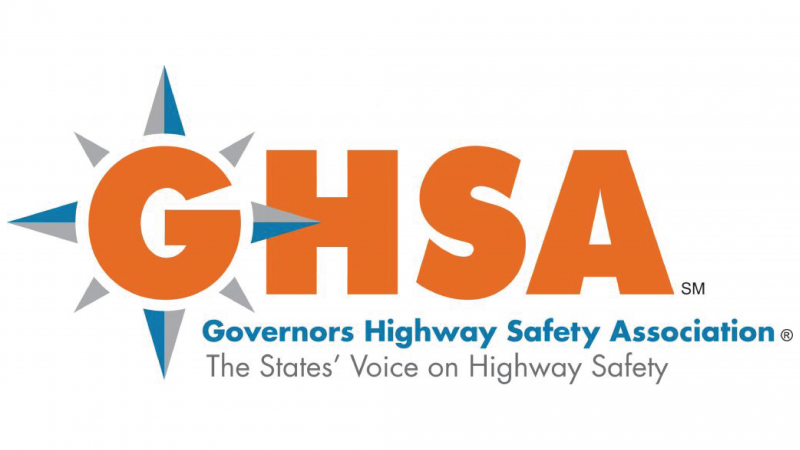New Report Calls for “Individualized Justice” Approach to Targeting High-Risk Impaired Drivers
One-Third of All Impaired Driving Deaths Caused by Repeat Offenders WASHINGTON, D.C. – Even as our nation’s roadways are becoming safer, impaired driving remains a major highway safety problem nationwide. A new report released today by the Governors Highway Safety Association (GHSA) in partnership with Responsibility.org calls for a systemic and holistic approach to high-risk impaired drivers […]

